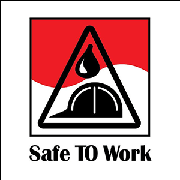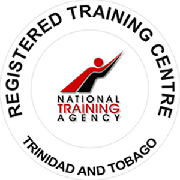Quality is the result of carefully crafted repeatable processes, standards and methodologies.
Quality is the result of carefully crafted repeatable processes, standards and methodologies.
Lack of training, lack of procedures, incorrect procedures, and inadequate staff size are common root causes identified following incidents directly impacting a company’s operation, profit, and reputation. Often, leadership finds their focus on building a high availability facility did not extend to creating and implementing a successful strategy for reliable operation.
Highly successful critical facility operations consistently share five key practices as part of their critical facility operations strategy:
Our staffing strategy include:
We have established training programs for all classes of staff that correspond to varying levels of capability (e.g. basic, intermediate and advanced). The training are administered in a manner that allows personnel to be quickly brought to a minimum level of competency to perform duties. To that end, ongoing refresher programs are conducted to maintain team member’s capabilities.
We have established procedures and work instructions for all processes within the organizations. We also have work orders and/or standard operating procedure (SOP) for each clientele location as a tool for service process management from work initiation through planning, scheduling, execution and completion.
An essential component of our critical facility work rule program is a comprehensive workplace safety program. The key tasks in our safety program include injury and illness prevention, hazard analysis, and hazard communication. An effective program not only protects the workforce from harm and lost time, but it also helps avoid possible fines and citations by government authorities, as well as reduce equipment damage and system interruptions that often result when accidents occur. Table 2 lists and describes the critical attributes of an effective safety program.
Key Proram attributes | Desciption |
|---|---|
Hazard Analysis
| All operational procedures shall start with an analysis of the possible hazards involved. Risks must be identified and safety measures assigned. |
Personal Protective Equipment (PPE)
| Appropriate protective equipment are provided, properly sized, stored, maintained, and utilized as required to mitigate identified safety hazards.
|
Compliance with all applicable health and safety laws and regulations
| Compliance with all applicable health and safety laws and regulations
|
Hazardous material handling
| Hazardous materials are properly identified, labeled, stored, maintained, and used in conformance with manufacturer’s requirements, local laws, and ordinances
|
Hazard Communication program
| Includes a list of hazardous chemicals, use of material safety data sheets (MSDS), proper labeling of all hazardous materials containers, and employee training on use of and protection from hazardous materials
|
Safety plans and training
| Written safety plans are established that describe the safe work practices and procedures to be observed by all workers. Regular training on the program elements are also be conducted
|
We continuously avail every opportunity to improve.
At Amalgamated Security Services Limited protecting the environment is integral to our operations. We systematically reduce any harmful effects we have on the environment by developing processes to lower energy, reduce waste and pollution, and mitigate the risk of emergency situations.
To ensure that all of our internal and external stakeholders understand our commitment to these responsibilities, we have configured a comprehensive Environmental Policy.
Key points include:
Our Environmental Policy
References










Amalgamated Security Services Limited (ASSL) has been and remains the widely recognised leader in the expanding field of security and public safety services across Trinidad and Tobago, the Caribbean and internationally.
© 2024 All Rights Reserved Amalgamated Security Services Ltd.
You cannot copy content of this page
Javascript not detected. Javascript required for this site to function. Please enable it in your browser settings and refresh this page.